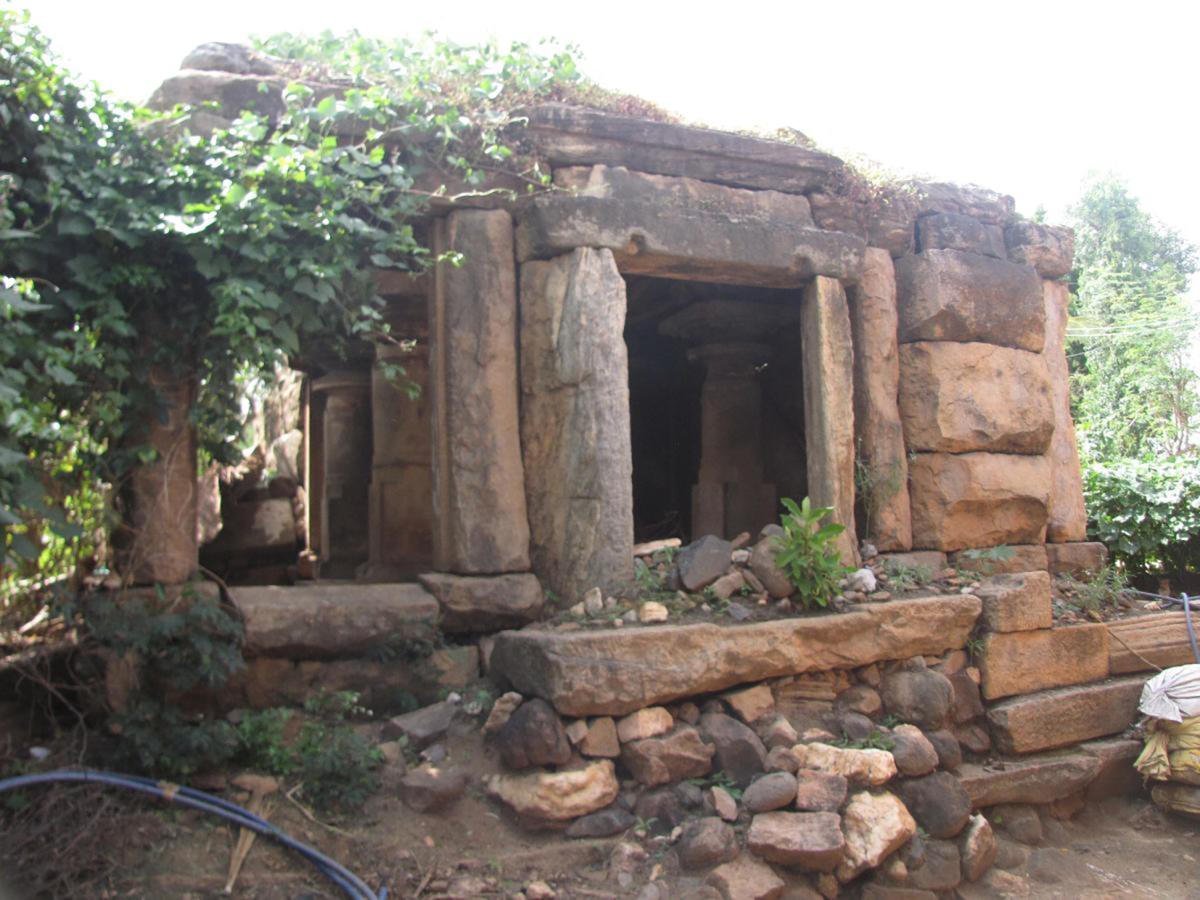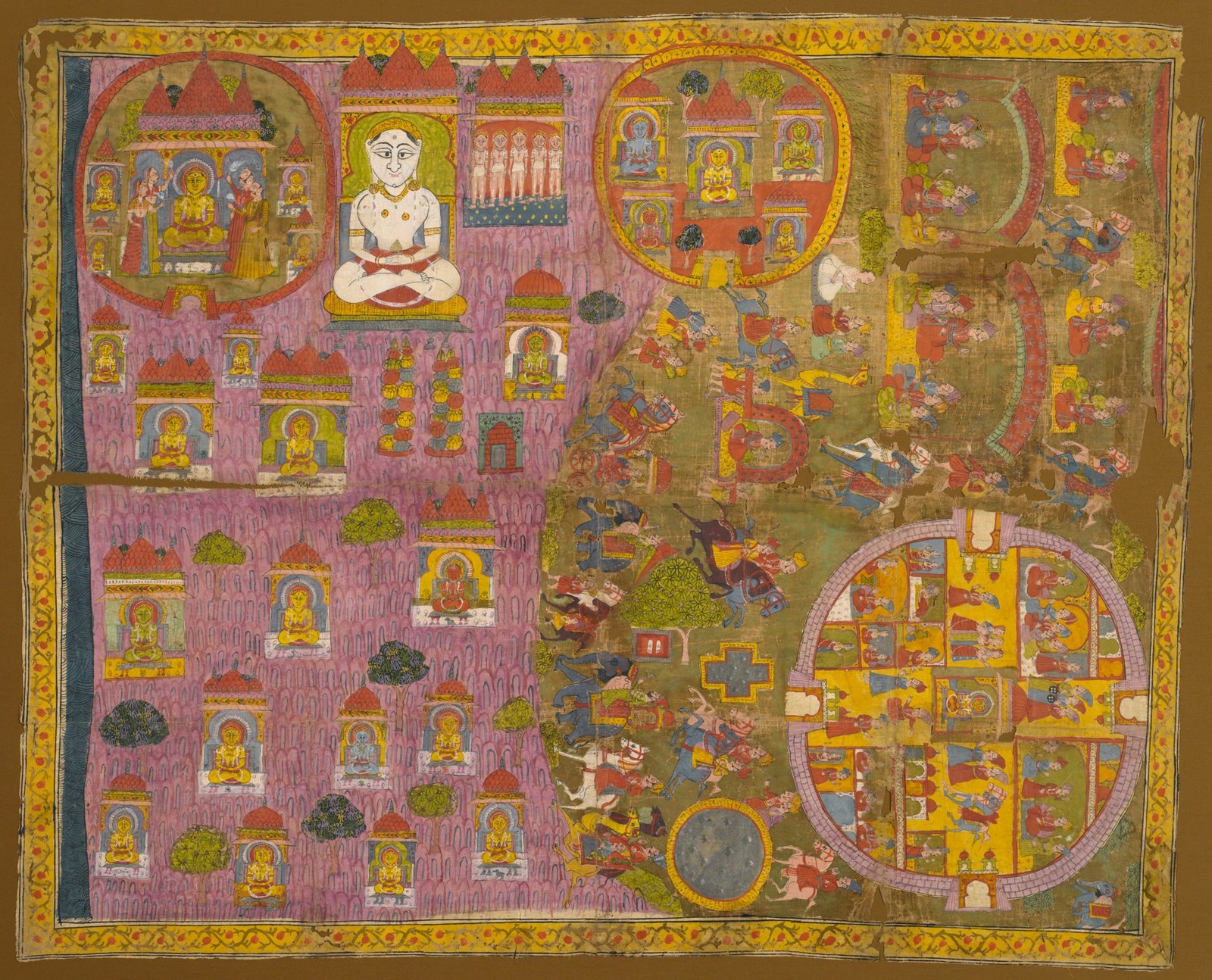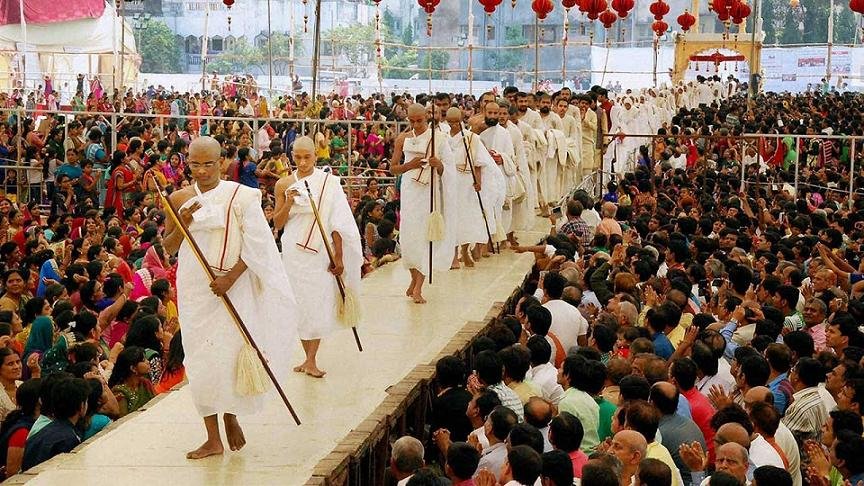
Introduction
Jainism: An Ancient Wisdom
Jainism, one of the oldest religions in the world, carries a profound reservoir of ancient wisdom. Its teachings, centered around principles of non-violence, truth, and asceticism, have guided its followers for millennia.
The Richness of Jain Heritage
The heritage of Jainism is not confined to its religious texts. It spans across diverse domains like architecture, art, philosophy, and lifestyle, each reflecting the depth and breadth of Jain thought and culture.
The Importance of Preservation
Preserving Jain heritage is not merely about conserving ancient relics. It’s about safeguarding a way of life, a philosophy, and a wisdom that can guide humanity towards a peaceful and harmonious existence.
The Journey Ahead
This blog post seeks to explore the challenges faced in preserving Jain heritage and the potential solutions that can ensure its continuity. It’s a journey into understanding our past better, to build a more enlightened future.
Tags: Jainism, Ancient Wisdom, Jain Heritage, Preservation, Challenges, Solutions, Philosophy, Culture
The Importance of Jain Heritage
The Pillars of Jain Philosophy
Jain Heritage is rooted in the pillars of Jain Philosophy – Ahimsa (non-violence), Anekantavada (multiplicity of views), and Aparigraha (non-attachment). These principles offer timeless wisdom that is relevant even in today’s complex world.
Jain Art and Architecture
Jain art and architecture, marked by intricate carvings, grand temples, and iconic statues, are visual narratives of Jain philosophy and history. They are invaluable cultural treasures that need to be preserved for future generations.
Jainismâs Influence on Indian Culture
Jainism has significantly influenced Indian culture, particularly literature, art, and cuisine. Preserving Jain heritage is crucial to understanding the broader cultural context of India.
Jain Heritage: A Global Relevance
The principles of Jainism, particularly non-violence and environmental consciousness, have global relevance. In a world grappling with violence and environmental crises, Jain heritage offers a path towards peace and sustainability.
Tags: Jain Heritage, Jain Philosophy, Jain Art and Architecture, Indian Culture, Global Relevance, Non-violence, Environmental Consciousness
Challenges in Preserving Jain Heritage
The Threat of Time
Ageing Jain Monuments
Jain monuments, many of which are centuries old, are facing the inevitable wear and tear of time. These architectural marvels require regular maintenance and restoration to preserve their original glory.
Deterioration of Ancient Manuscripts
Ancient Jain manuscripts, written on fragile materials like palm leaves and birch bark, are susceptible to deterioration over time. These invaluable texts need special care and preservation techniques to protect them from decay.
The Erosion of Jain Practices
Over time, the practice of Jain rituals and traditions could wane due to the influence of modern lifestyles and beliefs. Preserving these practices is as important as preserving physical artifacts and monuments.
The Loss of Oral Traditions
Jainism has a rich tradition of oral storytelling and teachings. However, these oral traditions could be lost over time if not documented and preserved for future generations.
Tags: Jain Heritage, Time, Monuments, Manuscripts, Practices, Oral Traditions, Preservation, Challenges
Limited Awareness and Appreciation
Lack of Knowledge about Jainism
Despite being one of the oldest religions, Jainism is not widely understood. Many people are unaware of its profound philosophy and rich heritage, leading to a lack of appreciation.
The Need for Education
Education plays a crucial role in raising awareness about Jain heritage. Incorporating Jain studies in academic curricula could foster better understanding and appreciation among younger generations.
Media’s Role in Promoting Jain Heritage
Media, both traditional and digital, can play a significant role in promoting Jain heritage. Documentaries, articles, and social media campaigns can help reach a wider audience and raise awareness.
The Role of Community Engagement
Engaging local communities in preservation efforts can foster a sense of ownership and appreciation for Jain heritage. Community-led initiatives can play an instrumental role in raising awareness and promoting conservation.
Tags: Jain Heritage, Awareness, Education, Media, Community Engagement, Preservation, Challenges
Environmental Factors
The Impact of Climate Change
Climate change, with its extreme weather conditions and rising sea levels, poses a significant threat to Jain heritage sites. These changes can cause structural damage to monuments and accelerate the decay of ancient artifacts.
Pollution’s Toll on Jain Heritage
Air and water pollution can have detrimental effects on Jain heritage. Acid rain, a result of air pollution, can erode ancient stone carvings, while water pollution can damage heritage sites located near water bodies.
Natural Disasters and Jain Heritage
Natural disasters such as earthquakes, floods, and landslides can cause irreparable damage to Jain heritage sites. These unpredictable events pose a significant challenge to preservation efforts.
The Need for Environmental Conservation
Environmental conservation is integral to the preservation of Jain heritage. By protecting the environment, we can mitigate some of the risks posed by pollution and climate change.
Tags: Jain Heritage, Environmental Factors, Climate Change, Pollution, Natural Disasters, Conservation, Challenges
Lack of Adequate Resources
Financial Constraints
Preservation of Jain heritage often requires significant financial investment for restoration, maintenance, and conservation efforts. However, the lack of sufficient funding can hinder these initiatives.
Shortage of Skilled Labor
The preservation of ancient monuments and manuscripts requires skilled labor. There is a shortage of artisans and craftsmen who understand the traditional methods used in the construction and preservation of these artifacts.
Need for Technical Expertise
With the advent of modern technology, new methods for preservation have emerged. However, there is a lack of technical expertise in applying these methods to the preservation of Jain heritage.
The Role of Government and Private Entities
Government bodies and private entities can play a crucial role in providing the necessary resources for preservation. Policies and initiatives aimed at preserving cultural heritage can help overcome these resource constraints.
Tags: Jain Heritage, Resources, Financial Constraints, Skilled Labor, Technical Expertise, Government, Private Entities, Challenges
Potential Solutions
Investing in Preservation
Government Funding
Government funding can play a crucial role in preserving Jain heritage. Allocating a portion of the national budget for the restoration and maintenance of Jain monuments and artifacts can significantly aid preservation efforts.
Private Sector Participation
The private sector can contribute significantly to the preservation of Jain heritage. Corporations can sponsor restoration projects, while individual donors can contribute funds for specific preservation initiatives.
International Aid and Grants
International organizations offer grants and aid for heritage preservation. Securing such funding can provide substantial financial support for preserving Jain heritage.
Revenue Generation through Tourism
Jain heritage sites can generate revenue through tourism. This revenue can be reinvested in preservation efforts, creating a sustainable model for heritage conservation.
Tags: Jain Heritage, Preservation, Government Funding, Private Sector, International Aid, Tourism, Investment
Training and Skill Development
Traditional Skills Training
Training programs focusing on traditional craftsmanship can help preserve the skills needed for the restoration of ancient Jain monuments and artifacts. This can help bridge the gap in skilled labor.
Modern Preservation Techniques
Training in modern preservation techniques, such as digital archiving and 3D modeling, can equip individuals with the tools needed to preserve Jain heritage in the digital age.
Academic Programs
Introducing academic programs focused on heritage preservation can help foster a new generation of preservationists. These programs can provide both theoretical knowledge and practical skills.
Community Workshops
Conducting workshops in local communities can help engage individuals in preservation efforts. These workshops can provide hands-on training and foster a sense of ownership among community members.
Tags: Jain Heritage, Training, Skill Development, Traditional Skills, Modern Techniques, Academic Programs, Community Workshops
Leveraging Technology
Digital Archiving
Digital archiving allows for the preservation of Jain manuscripts and artifacts in a digital format. This not only ensures their longevity but also makes them accessible to a wider audience.
3D Modeling and Virtual Reality
3D modeling and virtual reality can be used to create digital replicas of Jain monuments. These replicas can serve as a valuable resource for study and can also be used for virtual tours, making Jain heritage more accessible.
Use of Drones for Site Monitoring
Drones can be used for monitoring the condition of Jain heritage sites and for identifying areas that need restoration. This can aid in more efficient and effective preservation efforts.
AI and Machine Learning
AI and machine learning can be used to analyze patterns of deterioration and predict future risks. This can help in proactive preservation planning.
Tags: Jain Heritage, Technology, Digital Archiving, 3D Modeling, Virtual Reality, Drones, AI, Machine Learning
Community Engagement and Education
Community Involvement in Preservation Efforts
Involving local communities in preservation efforts can foster a sense of ownership and responsibility towards Jain heritage. This can lead to more effective and sustainable preservation initiatives.
Educational Programs for the Community
Educational programs can help raise awareness about the importance of Jain heritage and the need for its preservation. These programs can be targeted towards both adults and children in the community.
School Curriculum
Incorporating Jain heritage studies in school curricula can foster an early appreciation for Jain heritage among children. This can lead to a better understanding and commitment to preservation efforts in the future.
Public Awareness Campaigns
Public awareness campaigns can be used to educate the larger community about Jain heritage. These campaigns can utilize various mediums like social media, print media, and community events to reach a wider audience.
Tags: Jain Heritage, Community Engagement, Education, Preservation Efforts, School Curriculum, Public Awareness, Campaigns
Policy Changes
Government Policies for Heritage Preservation
Government policies can play a crucial role in preserving Jain heritage. Policies that allocate funds for preservation efforts and provide legal protection for heritage sites can significantly aid in conservation.
International Heritage Preservation Policies
International policies and guidelines for heritage preservation can also be adopted. These policies, set by organizations like UNESCO, provide a framework for the effective preservation of cultural heritage.
Incentivizing Private Sector Participation
Policies that incentivize private sector participation in heritage preservation can help mobilize additional resources. These incentives can be in the form of tax benefits, recognition, or public-private partnership opportunities.
Policies for Community Involvement
Policies that encourage community involvement in preservation efforts can foster a sense of ownership and responsibility among local communities. This can lead to more effective and sustainable preservation initiatives.
Tags: Jain Heritage, Policy Changes, Government Policies, International Policies, Private Sector, Community Involvement
At last:
The Importance of Preserving Jain Heritage
Jain heritage, with its rich history and profound philosophy, is a treasure trove that needs to be preserved. Its preservation is not just about protecting the past, but also about enriching our present and future.
The Challenges Ahead
There are significant challenges to preserving Jain heritage, including limited awareness, environmental factors, and lack of adequate resources. However, these challenges can be overcome with concerted efforts from all stakeholders.
The Way Forward
Investing in preservation, training and skill development, leveraging technology, community engagement and education, and policy changes are potential solutions that can help preserve Jain heritage. Each of these strategies has its own strengths and can contribute significantly to preservation efforts.
Final Thoughts
Preserving Jain heritage is a responsibility that we all share. It requires the collective effort of individuals, communities, governments, and international organizations. With commitment and collaboration, we can ensure that Jain heritage is preserved for future generations.
Tags: Jain Heritage, Conclusion, Preservation, Challenges, Solutions, Way Forward, Collective Effort



